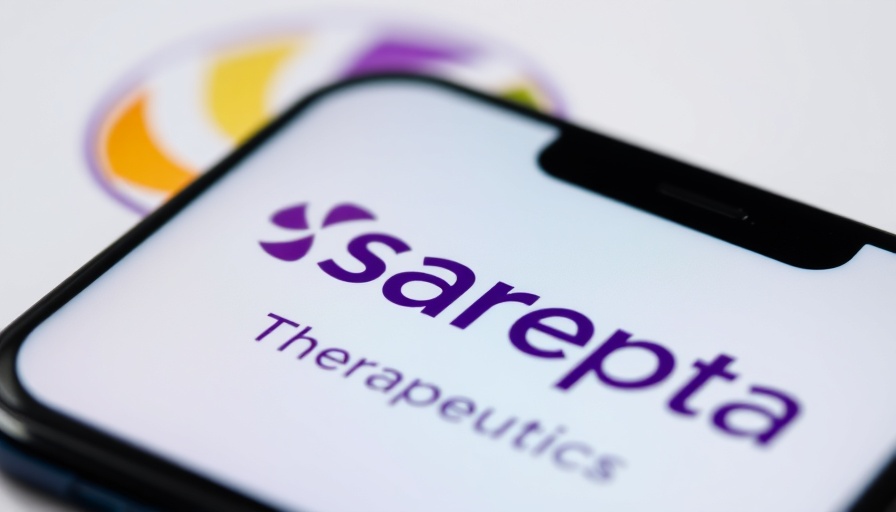
Tom Holland's CrossFit Challenge: The 27-Round Cindy Workout
When you think of Tom Holland, the image of a superhero swinging through the air often comes to mind. However, behind that charming smile and impressive stunts is a rigorous workout routine that keeps him in top shape for his role as Spider-Man. Recently, Holland revealed that one of his favorite workouts is the intense CrossFit routine known as "Cindy." This workout gained new attention when Holland shared his astonishing record of completing 27 rounds in just 20 minutes. That's a staggering 135 pull-ups, 270 push-ups, and 405 air squats—all performed in a single session. Are you up for the challenge?
Understanding the Cindy Workout
The Cindy workout, while it may seem straightforward—five pull-ups, ten push-ups, and fifteen air squats repeated for 20 minutes—challenges even seasoned athletes. Its simplicity belies its difficulty; it tests your endurance, strength, and mental resilience. By engaging key muscle groups, this workout provides an efficient full-body workout while also significantly testing your cardiovascular fitness. Dr. Bo Babenko, a fitness expert, emphasizes that many individuals underestimate the physical demand of the Cindy workout, which can lead to feelings of frustration during execution.
The Comprehensive Benefits of the Cindy Workout
What can you gain from tackling the “Cindy” workout? Here are some unique advantages:
- Time Efficient: With just 20 minutes of focused effort, you’ll get a comprehensive workout that combines strength and cardio.
- Build Muscular Endurance: The high volume of bodyweight exercises helps develop muscular endurance, particularly in the upper body, where many people commonly experience fatigue.
- Mental Toughness: Completing each round requires persistence. This workout instills a mindset of determination, pushing through the fatigue to finish strong.
How to Prepare for the Cindy Challenge
Achieving Tom Holland's 27 rounds isn't just about raw strength; it also involves strategic preparation. Start by incorporating strength training focused on pulling, pushing, and squatting. Regular practice of each movement in isolation can enhance your performance. Additionally, maintaining a disciplined diet rich in men's superfoods will bolster your energy levels. Foods like quinoa, almonds, and spinach are not only nutritious but also vital for muscle recovery.
Nutrition Tips for Optimal Performance
Your nutrition plays a crucial role in the results you’ll see from the Cindy workout. Men striving for muscle building should focus on a meal plan that includes sufficient protein, healthy fats, and complex carbohydrates. Items like eggs, lean meats, and legumes can ensure that you fuel your body effectively to handle the demands of high-intensity exercises. Furthermore, proper hydration can significantly impact performance—commit to drinking water before, during, and after your workouts.
Setting Personal Challenges
Now that you’ve got the workout basics down, it’s time to set personal fitness challenges. Perhaps you're interested in gradually increasing your own round count or experimenting with variations of the Cindy workout to keep things fresh. For instance, you could try modifying the rep counts or time intervals. Connecting with others can also be motivational; consider forming a small workout group where you can cheer each other on as you progress.
Acknowledging the Mental Aspect of Fitness
Fitness is not solely a physical journey; the mental component is equally significant. Tom Holland's achievement speaks not just to his physical capabilities but also to his psychological grit. Embracing a workout like Cindy can help cultivate a strong mindset, as that mental willpower is often what separates those who succeed from those who quit. Each round completed serves as a testament to your determination and resilience.
Overcoming Common Misconceptions
Many people mistakenly think that effective workouts must involve heavy lifting or expensive gym equipment. However, bodyweight workouts like “Cindy” reveal that incredible results can come from simplicity and consistency. Don't let misconceptions hold you back; taking on bodyweight exercises can build a strong fitness foundation.
Final Thoughts
Completing the Cindy workout and aiming for Tom Holland's record might seem daunting, but remember that every fitness journey begins with small steps. Challenge yourself, optimize your nutrition, and embrace the mental toughness required to push through those reps. Start setting your goals today, and who knows, you might just find yourself beating Spider-Man at his own game!
Are you ready to take on the Cindy challenge? Join in, keep track of your progress, and don’t forget to share your achievements with your fitness community!
 Add Row
Add Row  Add
Add 




Write A Comment